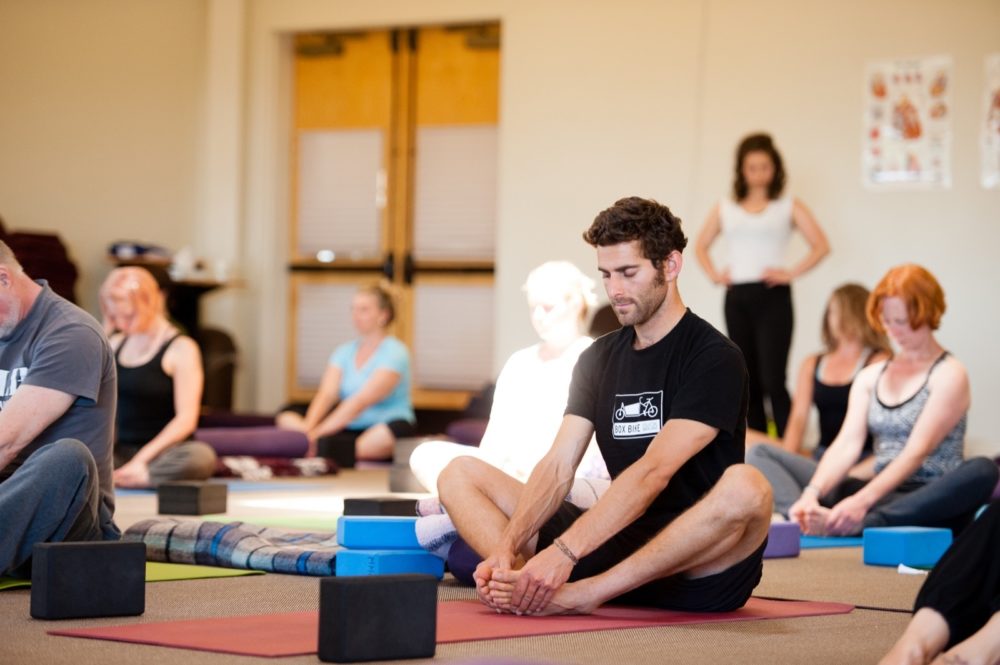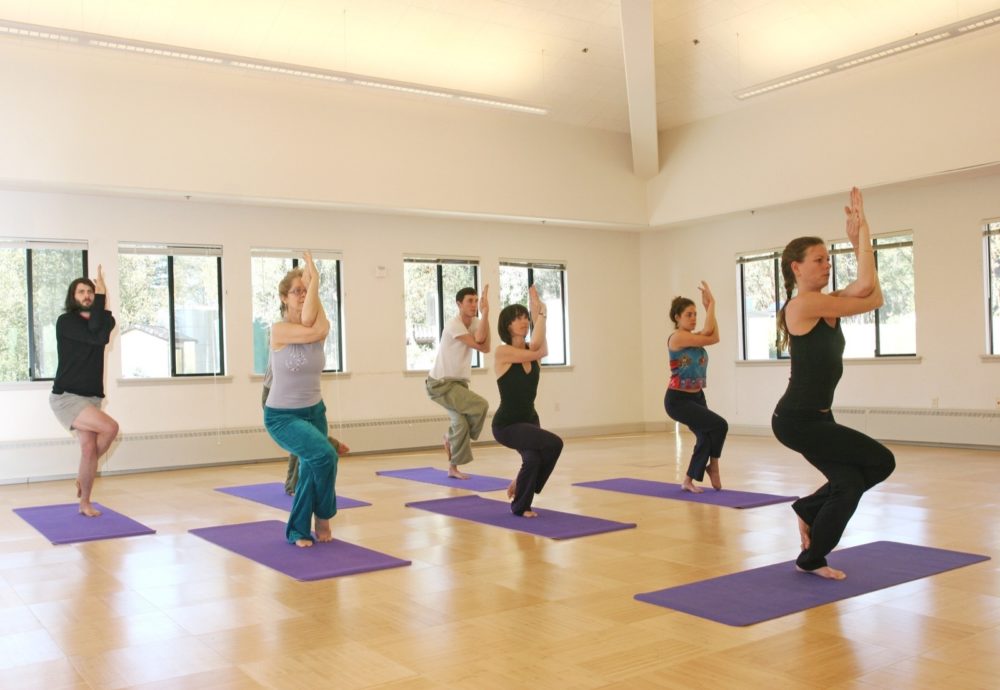We asked experienced teachers “What is a principle you adhere to when providing manual adjustments?”
Here are some of the answers we received:
”First and foremost, I use intuition.
Hannah Musehannahmuseyoga.com

”Before providing manual adjustments for students, I always look them straight in the eye and give them specific verbal instructions.
Brynn Byrneelementalyogatherapy.com
”For me, the key is Awareness. Does the student want to be touched?
Brett Ochoa Maddoxwww.facebook.com/ShalaAnandaBucerias

”As you begin a class and students have their eyelids closed, gently ask if there is anyone who would not like an adjustment today to wave their hand or wiggle their foot. Keep this in mind especially for youth and at-risk populations who may have experienced trauma; it is applicable for anyone as a way to learn to listen in to what their mind-body needs at this point in time.
Michelle Helmanwww.enactyourvision.org/about.html
”Typically I like to be in the middle of a statement about the posture when I provide an adjustment, so the student has spatial awareness in relation to where I am in the room. Then when I place my hands on the student its exactly where I want them to be with my fingers facing the outside of the body. As a male teacher the most important part of manual adjustment is that the students feel safe.
Nick Masonwww.facebook.com/naturallycentered


”I refer to them as assists, and not adjustments, to express that I am not fixing anybody's posture, but I'm helping them become more aware of it. I think a pose is found from the inside, realizing comfort, and exploring edges. I always ask before I touch and try to assist with a verbal cue before hands. Most physical contact I make with students is simply for connection. Sometimes it's a hand on the back of the heart in childs pose, or gently rocking the hips in pigeon. My physical contact comes hopefully as a reminder to soften, and not strain.
Kristin Hiltwww.manjulayogamassage.com

”There are a few things I take into consideration when adjusting students. One is if I know their practice. If it is the first time I am seeing someone in my class, I observe the nature of his/her practice and mindset during the class. Secondly, I adjust to help students stretch deeper in the posture, always with palms of the hands, never clutchy fingers! I'll do lighter touch suggestions when it comes to alignment. Thirdly, I honor the maha rule of adjustments, to make sure that the student is open to and feels safe in being touched! This is crucial in establishing a safe environment for my students and developing the mutual trust and respect.
Sinead O'neillinstagram.com/sineado










